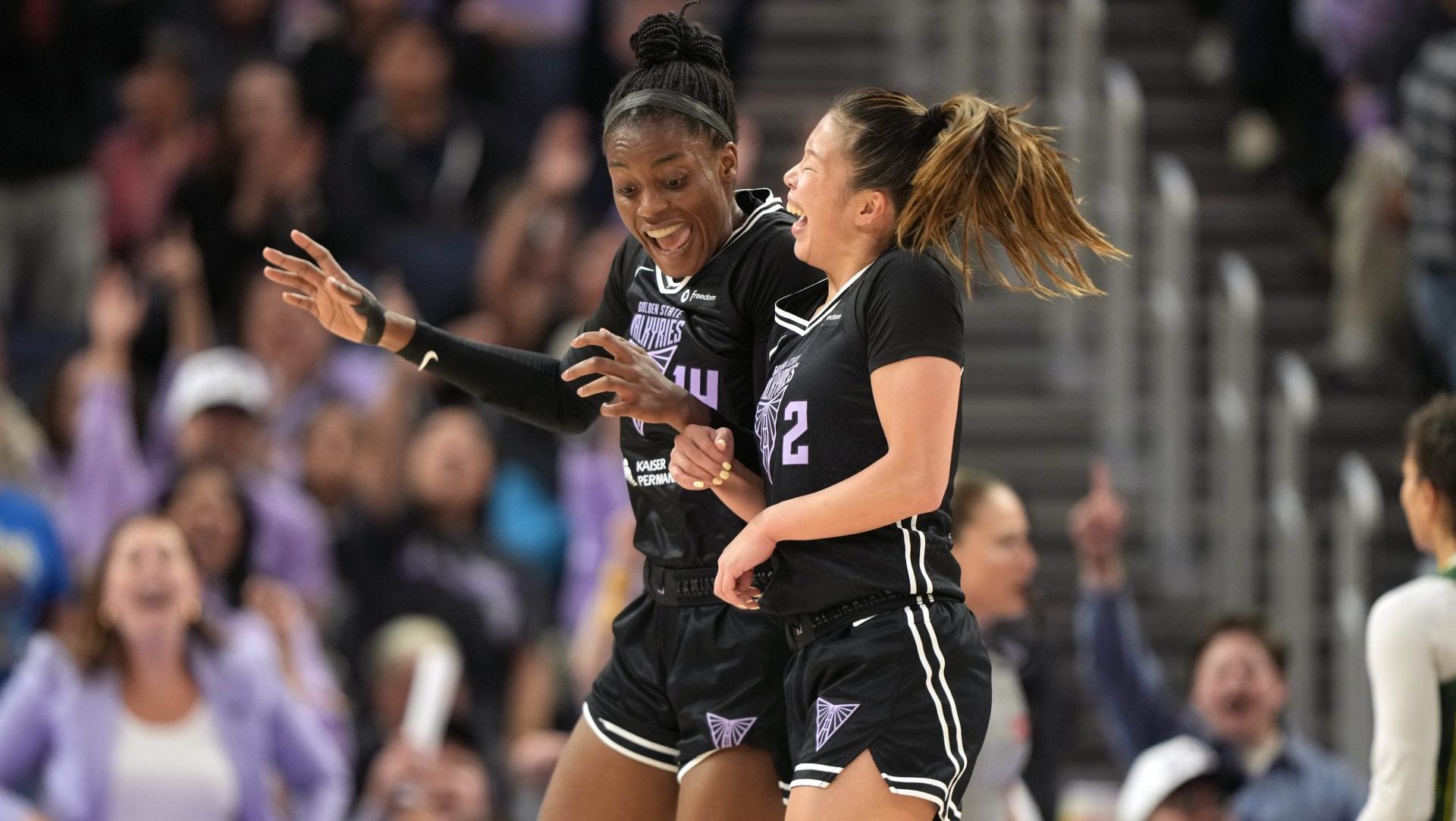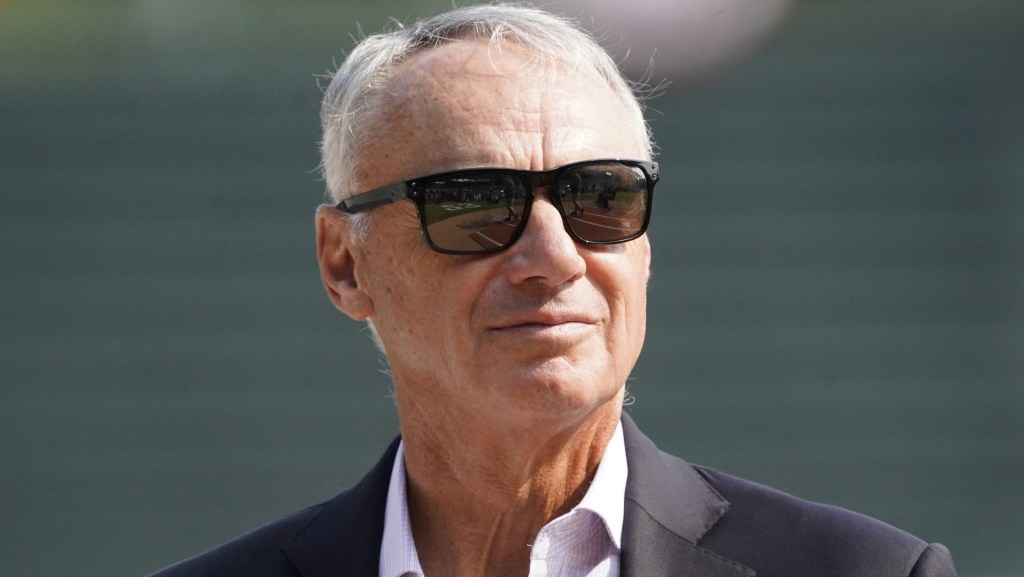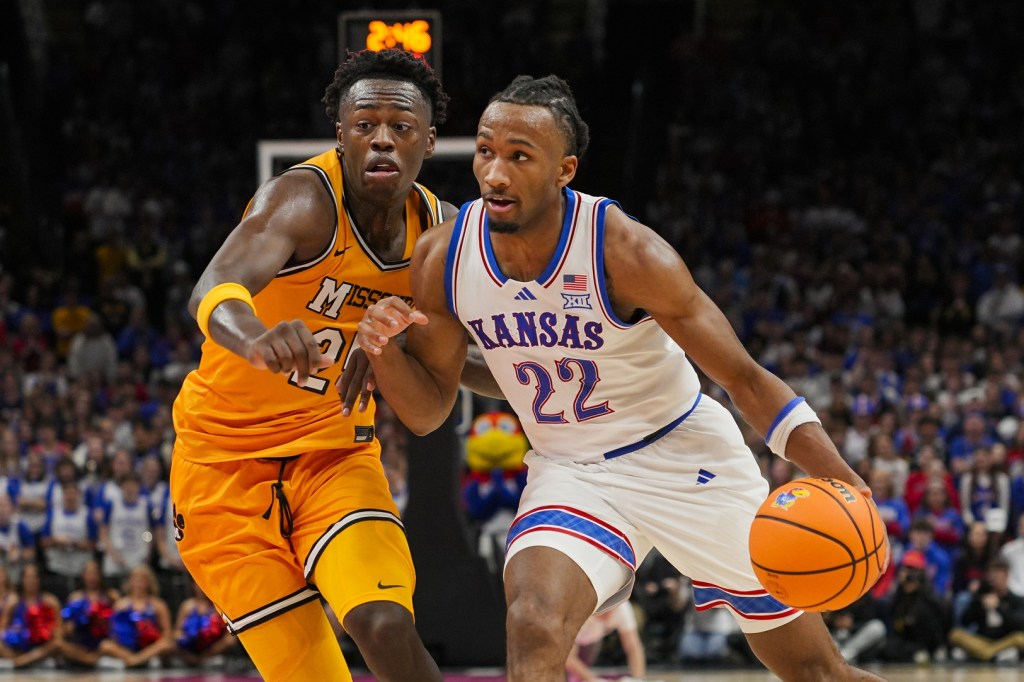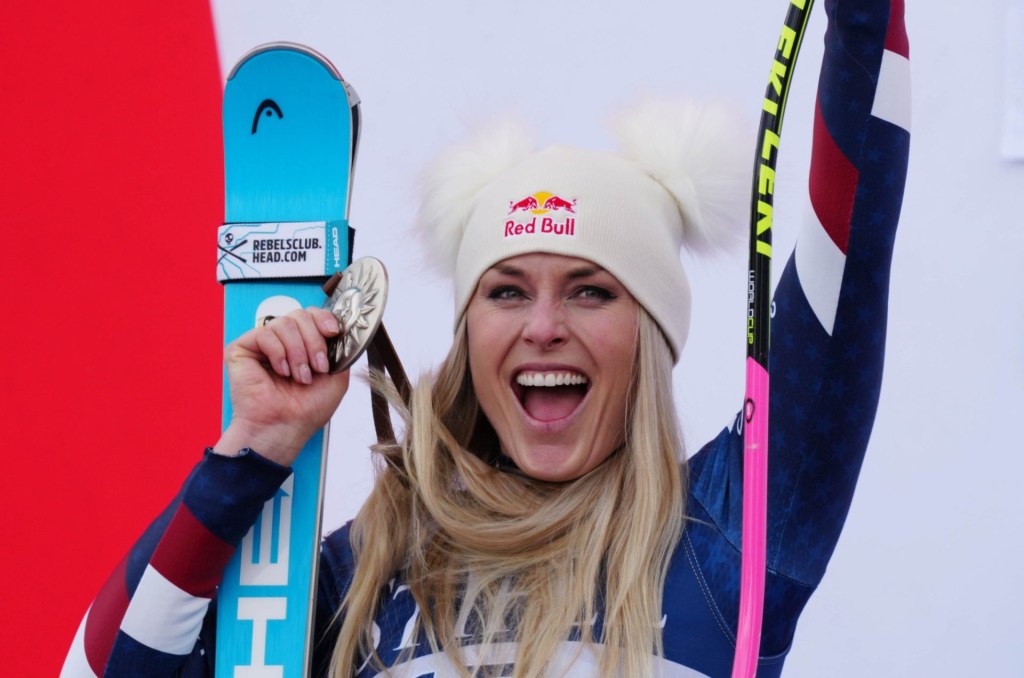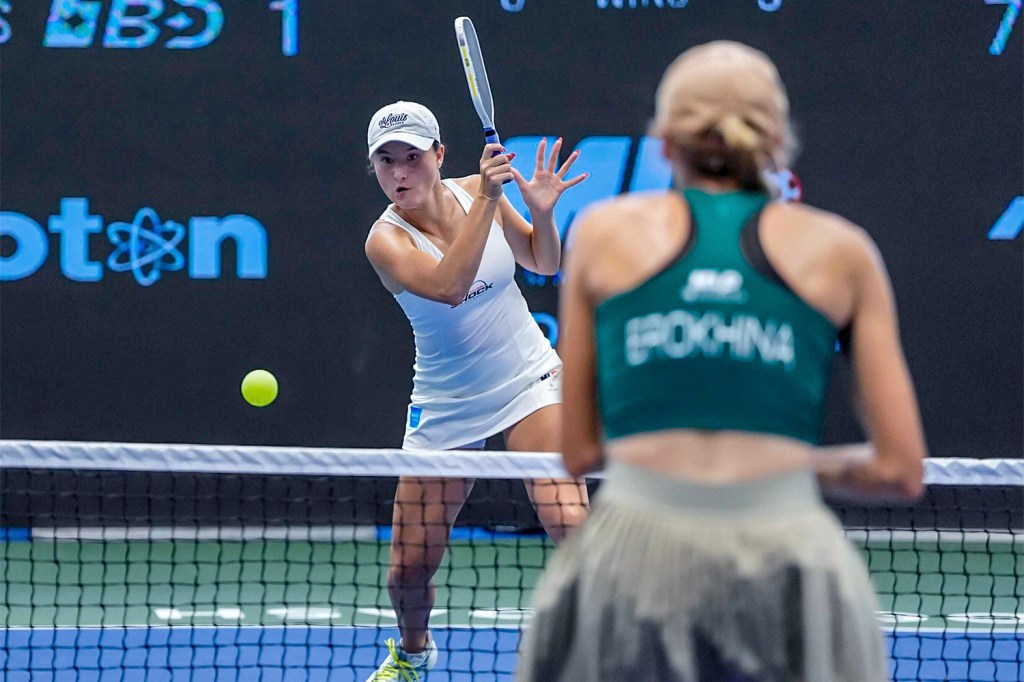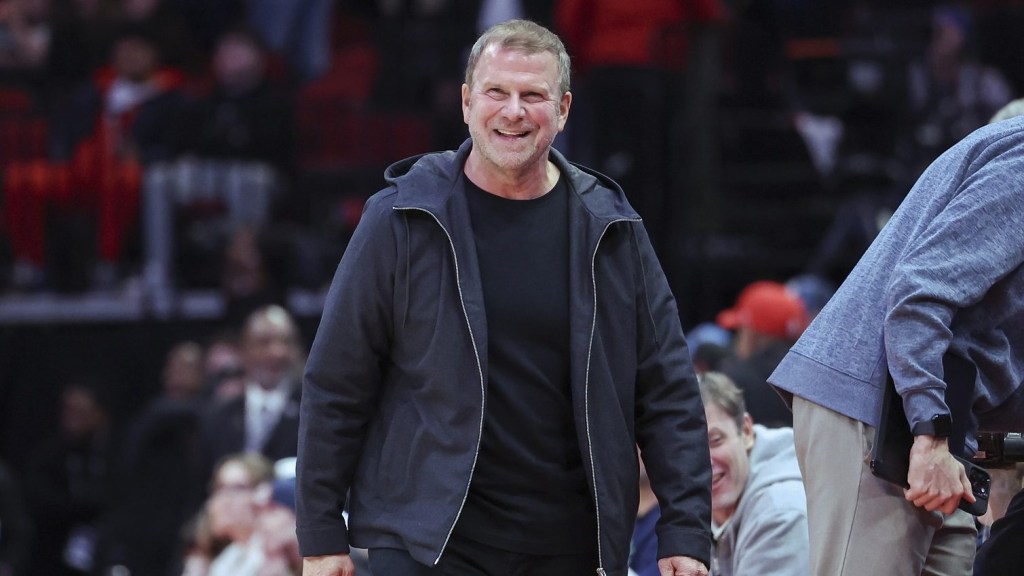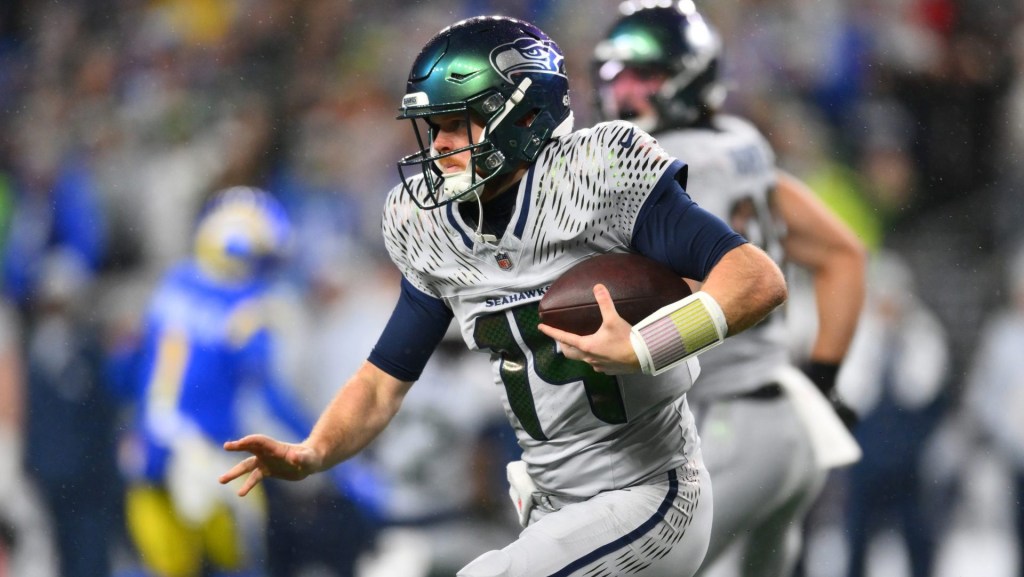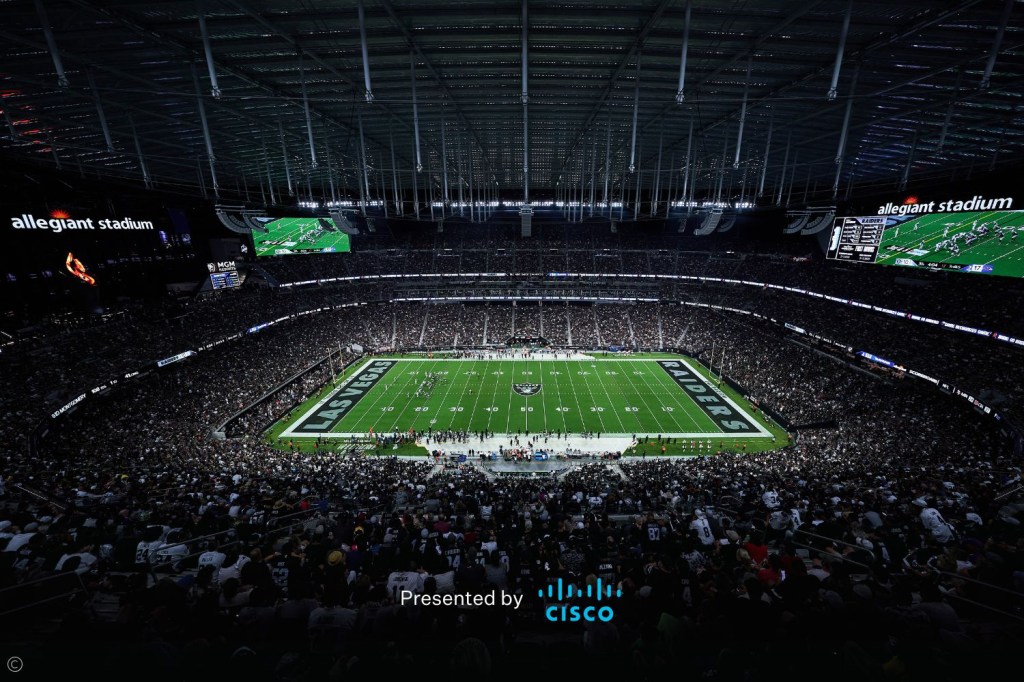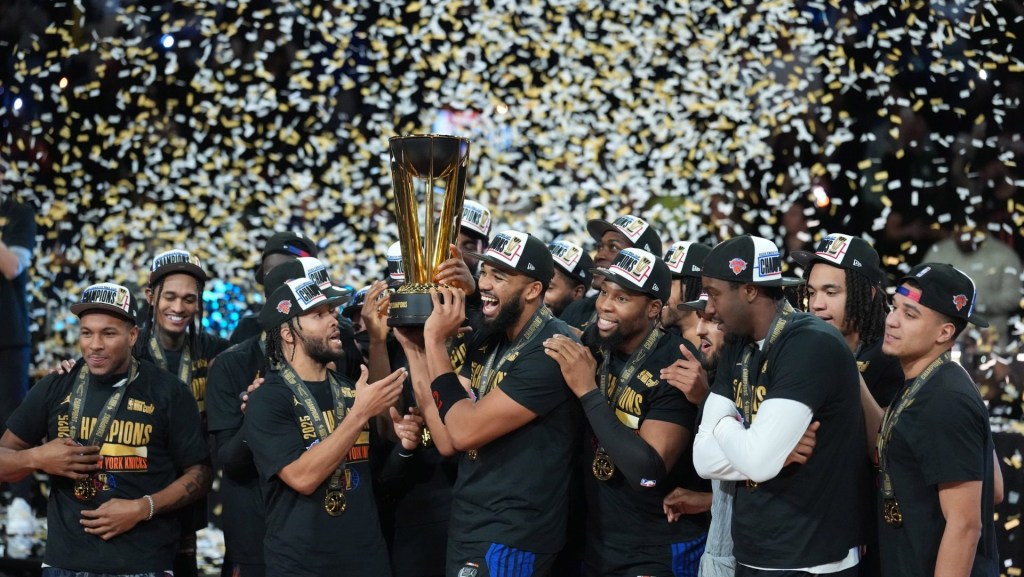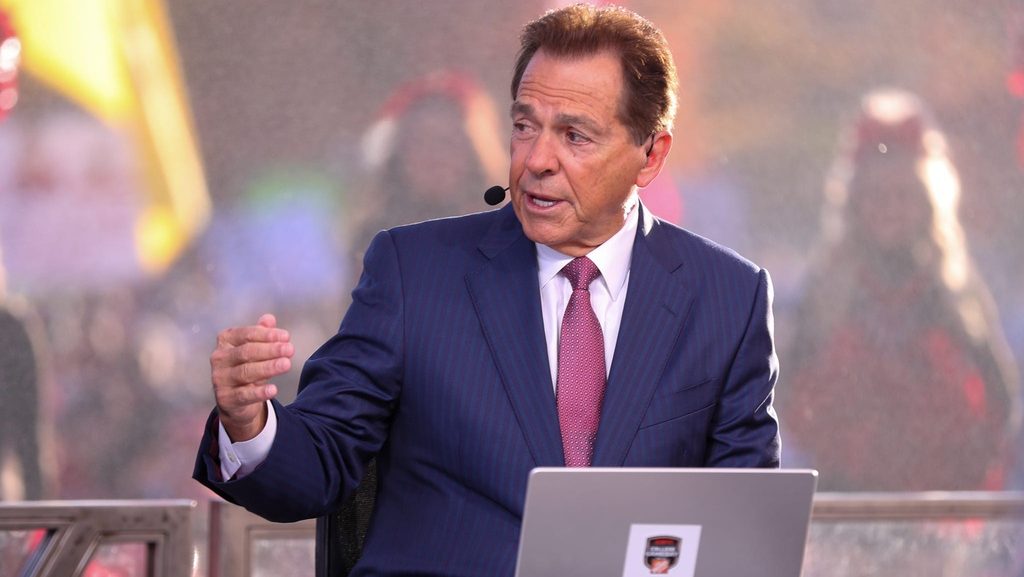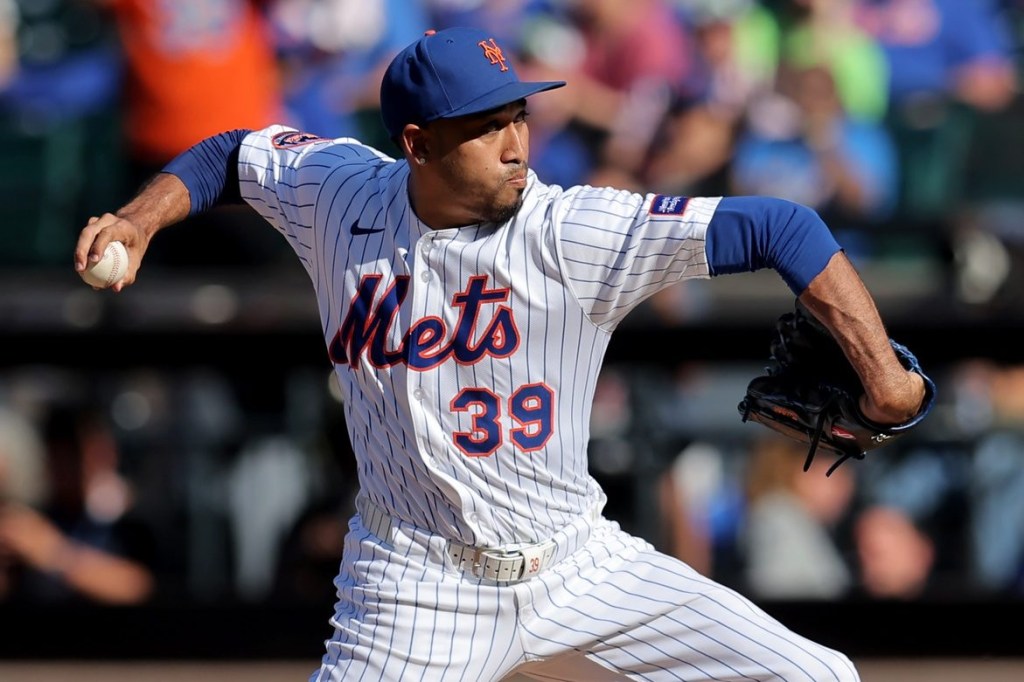In May, the WNBA welcomed the Golden State Valkyries, its first expansion team since 2008. The team sold out its first home game with 18,064 fans. Then it sold out its second game. And its third.
At the All-Star break, Golden State has sold out all 11 of its home games in “Ballhalla,” its lavender-tinted, Nordic-themed rebrand of the Chase Center. The San Francisco squad is driving the league’s best attendance ever, and its 18,064-fan magic number is more than a third of NBA teams’ average attendance last season. Its games are highlighted by roaring crowds, a 7–4 home record, and Warriors guard Brandin Podziemski’s rowdy courtside presence.
The franchise didn’t begin with any major star power on the court. The December expansion draft allowed teams to protect six players (compared to three or four in the PWHL), and none of the offseason’s big-name free agents signed with Golden State. Tiffany Hayes was the WNBA’s Sixth Woman of the Year, and Kayla Thornton made just 11 starts in her two years with the New York Liberty. Perhaps its best-known player was Kate Martin, formerly of Iowa fame with teammate Caitlin Clark. Sportsbooks weren’t optimistic about the team. FanDuel put the line at 8.5 total wins for the inaugural campaign, while DraftKings placed it at 15.5, last in the league on both platforms.
But the roster has taken the league by surprise. It has twice-defeated Clark’s Indiana Fever and a talented Seattle Storm team. It has close losses to championship contenders like the Liberty and Phoenix Mercury, and Thornton was selected as an All-Star. After a 9–7 start, the team has slightly stumbled in recent weeks, falling one place out of a playoff spot. Still, the team is well on its way to hitting the over for both major sportsbooks. On and off the court, no one expected it to be this good.
Well, some people did.
“Honestly, we knew that this is what it was going to be like, from Day One,” team president Jess Smith tells Front Office Sports. “Nothing has held us back. This ownership group has really given us everything we’ve needed to create this moment, and you’re seeing the response to that.”
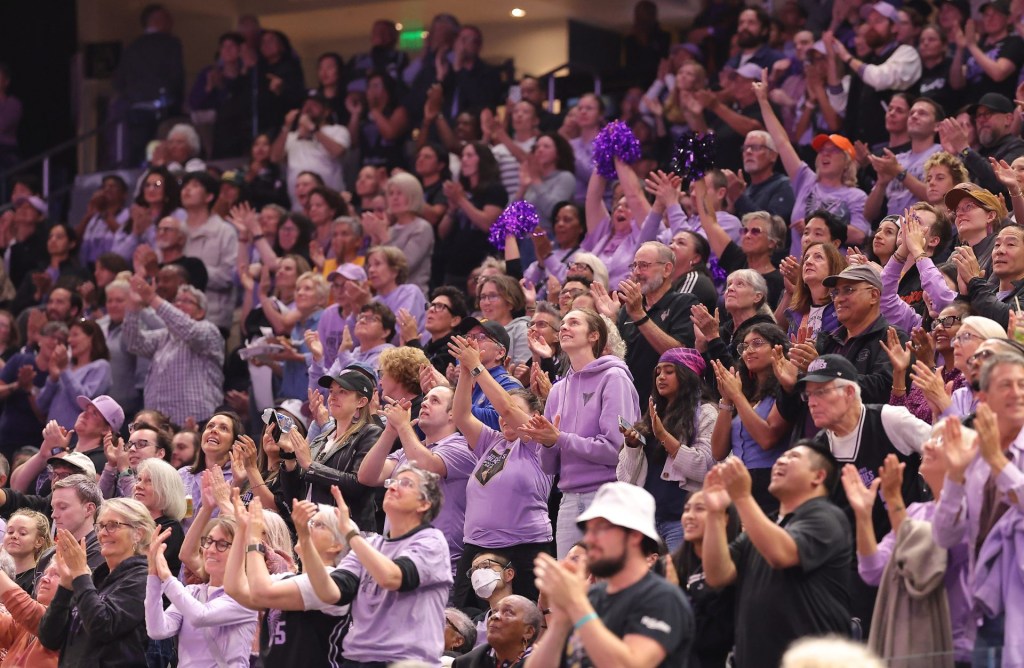
Warriors owners Joe Lacob and Peter Guber paid a $50 million expansion fee in 2023 to acquire the team, for which they built a dedicated practice facility in Oakland. Smith says the owners hired 70 people on the business side dedicated to the women’s team. To run the show, they plucked people from three of the highest-regarded women’s sports franchises: Smith from Angel City Football Club, GM Ohemaa Nyanin from the Liberty, and head coach Natalie Nakase from the Las Vegas Aces. Smith says the “secret sauce” is that she, Nyanin, and Nakase were all “the talked-about No. 2s” behind the scenes for years who are “building a culture of people with that same tenacity, with that same grit.”
It’s a winning recipe for the league, which recently confirmed it will add five additional expansion teams by 2030 in Toronto, Portland, Cleveland, Detroit, and Philadelphia. The Toronto and Portland teams have ties to NBA ownership groups, while the Cleveland, Detroit, and Philly teams were awarded to existing NBA owners, similar to the Valkyries model.
“The Golden State Valkyries have set a high standard in their inaugural season, creating powerful momentum in the Bay Area and for the WNBA,” commissioner Cathy Engelbert said in a statement to FOS. “Their leadership has provided an excellent blueprint for future expansion teams, and their impact and connection to the San Francisco Bay Area community reflects the strength and potential of the league.”
Historically, expansion teams across sports, with rare exceptions, struggle to get their footing in their first few seasons. But Golden State has burst out of the gate with success in essentially every category. It’s a testament to the growth of the WNBA but also to the Bay Area.
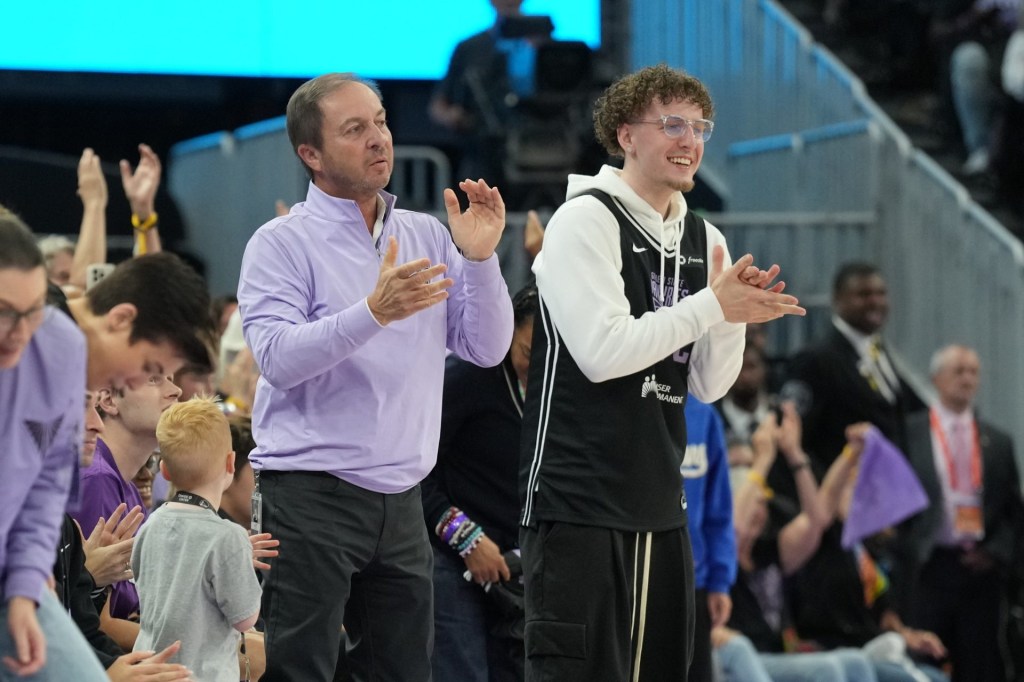
The region has a rich history of women’s basketball. Stanford, led for decades by Hall of Famer Tara Vanderveer, is a powerhouse. Cal also made several recent trips to the NCAA tournament. The region produced the likes of Sabrina Ionescu and Chelsea Gray. The Valkyries’ Northern California predecessor, the Sacramento Monarchs, averaged 8,000 or more fans per home game in all but 4 of their 13 seasons in the WNBA, according to data from Across the Timeline.
The Bay is also a hotbed for women’s soccer. U.S. women’s national team players including Alex Morgan, Naomi Girma, and Sophia Wilson played in the Bay Area at Stanford, Cal, or high school. The NWSL last season added Bay FC, which plays in San Jose and had the league’s fourth-highest average attendance in its inaugural campaign.
The existing women’s sports fan base in the Bay Area is one key group the Valkyries lean in to, Smith says. These are fans who have wanted and waited for a top-tier women’s sports experience, so they are eager to pay for luxuries like premium and club seats, she says. A courtside seat to a Valkyries game costs thousands of dollars.

But the recent explosion of women’s basketball has brought in other types of fans as well, Smith explains. One is the traditional sports fan. These people may have paid attention to the WNBA only in the past year or two, often because of Clark. The other new fan comes from the young, diverse group of 18- to 35-year-olds who might not be big basketball followers, but they are “pouring into all things women’s sports” because they “align with their personal values,” Smith says. Merchandise might be the best way to explain: The traditional sports fan will want a Valkyries polo shirt to wear on the golf course, while the young fan will buy from collaborations with lifestyle brands like Playa Society and Togethxr, Smith says. (The Valkyries were the first team with their own “Everyone Watches Women’s Sports” shirt, launched last year.)
The Valkyries used data from the WNBA and the Warriors to create the three fan profiles—core women’s sports fan, traditional sports fan, and the younger, values-based audience—and they drive every business choice. “When we’re making decisions based on what our social content feels like, what type of merchandise we’re buying, what our game experience feels like, we run through all three,” Smith says.
The Valkyries want to set the expectation for expansion teams but also for the existing ones, Smith says. While several WNBA teams are playing catchup when it comes to practice and playing facilities, the Valkyries are already there. In a recent poll of 35 WNBA players by The Athletic asking which franchise was the best-run, the newcomer Valkyries were the fifth-most-popular response. In other words, “Ballhalla” isn’t just a marketing tool for fans.
“Everyone has been saying for a long time, ‘More from the W, more from the W,’” Smith says. “We are the first answer to ‘more.’”
